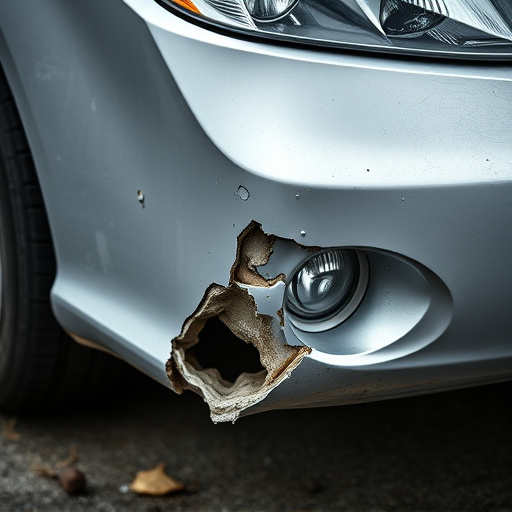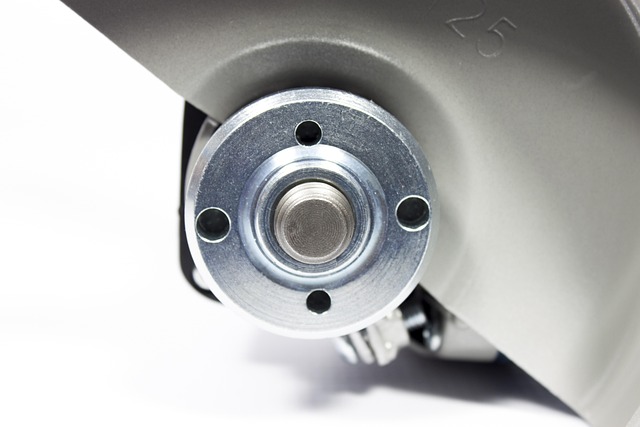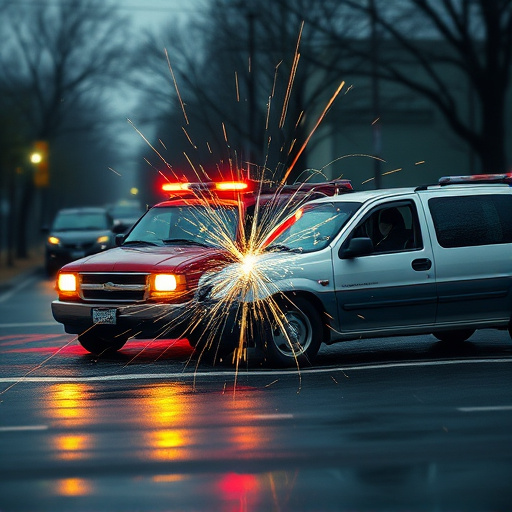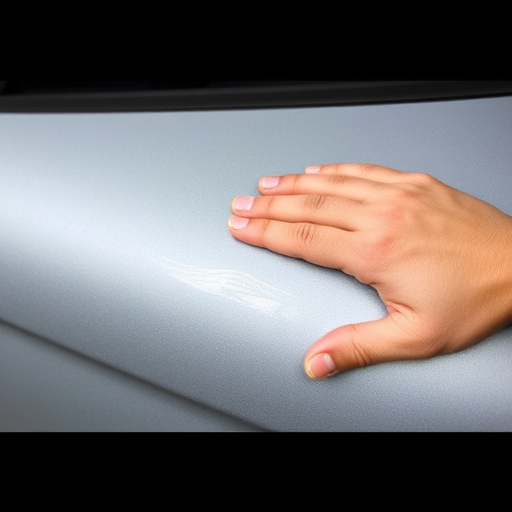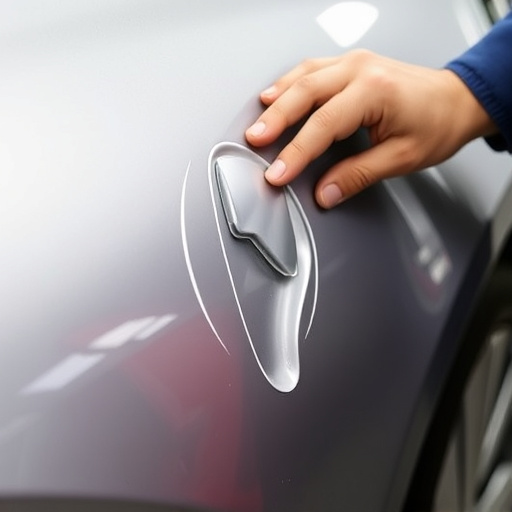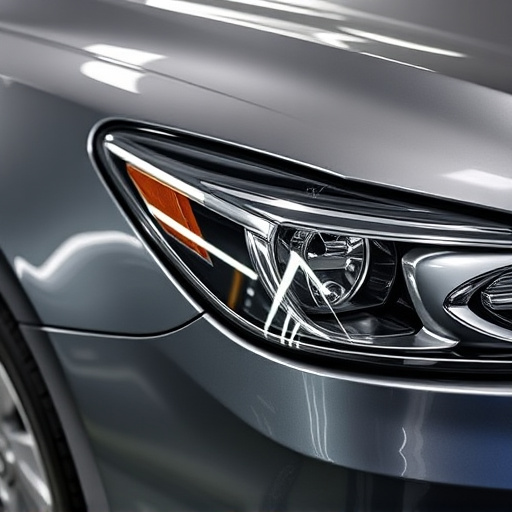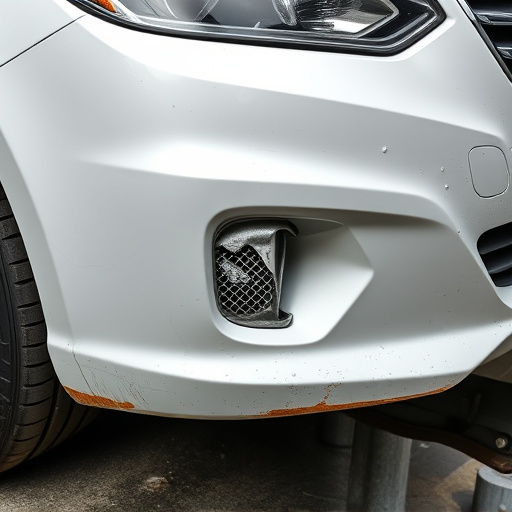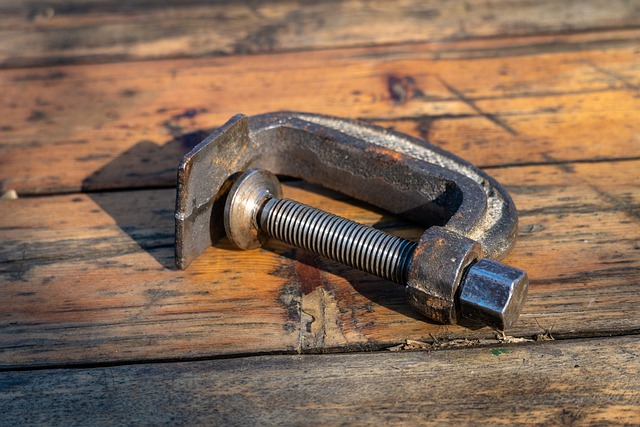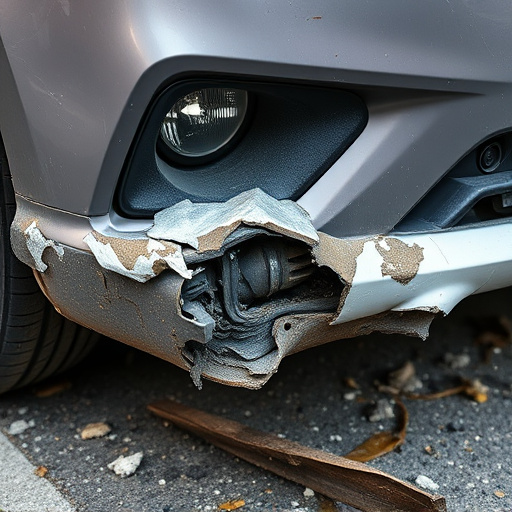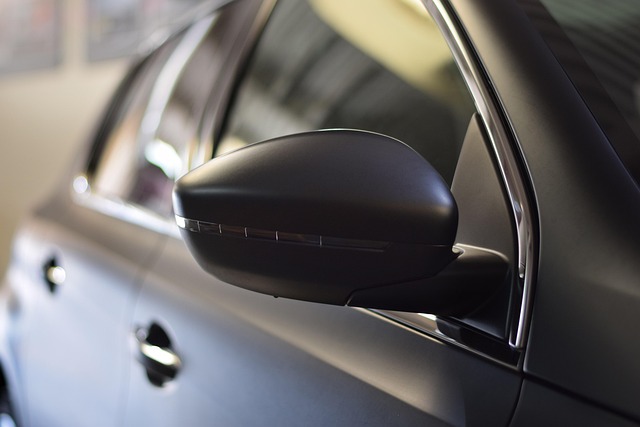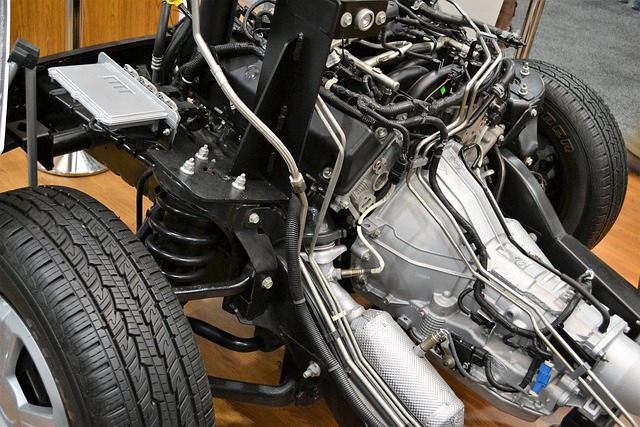Collision repair services involving structural realignment is a complex yet vital process that goes beyond surface repairs. Skilled technicians meticulously assess, remove damaged parts, and use advanced tools like hydraulic presses and robotics for precise realignments, ensuring frames and panels meet manufacturer specs. This meticulous approach guarantees enhanced safety, structural integrity, and vehicle longevity by restoring vehicles to their pre-accident condition. Specialized equipment and trained personnel are essential for auto body shops to stand out in the industry, attract clients seeking expert collision repair services, and foster customer loyalty.
In the realm of collision repair services, structural realignment stands out as a game-changer. This advanced technique goes beyond mere cosmetic fixes, meticulously realigning vehicle components to ensure safety and structural integrity. This article delves into the intricacies of structural realignment in collision repair, exploring its process, benefits, and considerations for businesses. By understanding this method, collision repair professionals can enhance their services, ensuring customer satisfaction and superior quality repairs.
- What is Structural Realignment in Collision Repair?
- The Process of Structural Realignment: Step-by-Step Guide
- Benefits and Considerations for Collision Repair Businesses
What is Structural Realignment in Collision Repair?

Structural Realignment in collision repair services refers to the meticulous process of restoring a damaged vehicle’s structural integrity back to its original state. It goes beyond mere cosmetic fixes, focusing on realigning and reinforcing key components like frames, panels, and other structural elements to ensure safety and longevity. This intricate procedure is crucial for auto body restoration, especially in cases where vehicles have suffered significant car damage.
In the realm of collision repair services, skilled technicians employ advanced tools and techniques to accurately measure and adjust these components, ensuring they align perfectly with manufacturer specifications. This meticulous approach not only guarantees a seamless fit but also preserves the vehicle’s structural strength, enabling it to withstand future challenges on the road. Effective structural realignment is therefore a cornerstone of quality auto repair services and car damage repair, ultimately contributing to the longevity and safety of vehicles.
The Process of Structural Realignment: Step-by-Step Guide
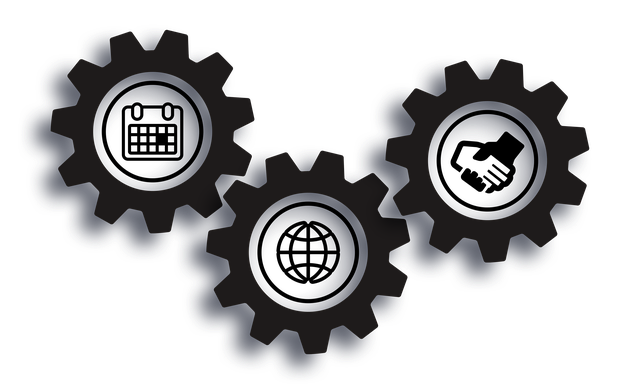
The process of structural realignment in collision repair services involves a meticulous and precise approach to restoring vehicles to their pre-accident condition. It begins with an initial inspection, where technicians carefully assess the extent of damage across various components—from exterior panels and bumpers to internal frames and safety systems. This critical step determines the scope of work required for car damage repair and ensures every detail is considered.
Once the evaluation is complete, the realigning process starts with removing damaged parts, including crumpled sheets metal or broken bumpers. Auto body repair experts then use specialized tools and techniques to straighten and reshape the affected areas. This may involve hydraulic presses, impact guns, or robotic systems designed for bumper repair and more complex structural adjustments. Throughout the process, technicians monitor their work using advanced measuring equipment to guarantee precise alignment and ensure the vehicle’s safety and structural integrity.
Benefits and Considerations for Collision Repair Businesses
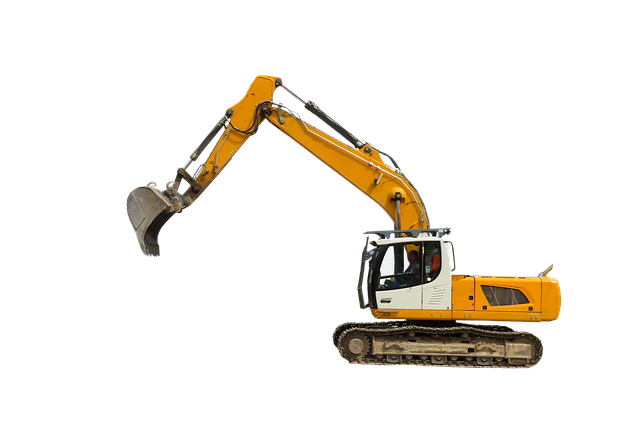
Structural realignment plays a pivotal role in collision repair services, offering numerous benefits for both businesses and customers alike. By adopting advanced techniques to realign damaged vehicle components, auto body shops can significantly enhance the quality of their repairs. This process ensures that vehicles return to their original structural integrity, safety standards, and aesthetic appeal. Customers benefit from safer rides, improved longevity of their vehicles, and better resale value.
For collision repair businesses, implementing structural realignment practices presents a strategic advantage in a competitive market. It allows auto repair services to differentiate themselves as specialized providers, attracting customers seeking expert solutions. Furthermore, it can streamline the repair process, reducing turnaround times and operational costs. However, proper training and investment in specialized equipment are essential considerations. Auto body shops must stay updated with industry standards and trends to offer top-notch services, ensuring customer satisfaction and fostering long-term loyalty.
Structural realignment in collision repair services is a game-changer, offering businesses enhanced efficiency and improved customer satisfaction. By understanding and adopting this process, repair shops can revolutionize their operations, ensuring precise repairs and a competitive edge in the market. This strategic approach to collision repair not only benefits businesses but also guarantees superior vehicle restoration, making it an indispensable practice for modern automotive care.

